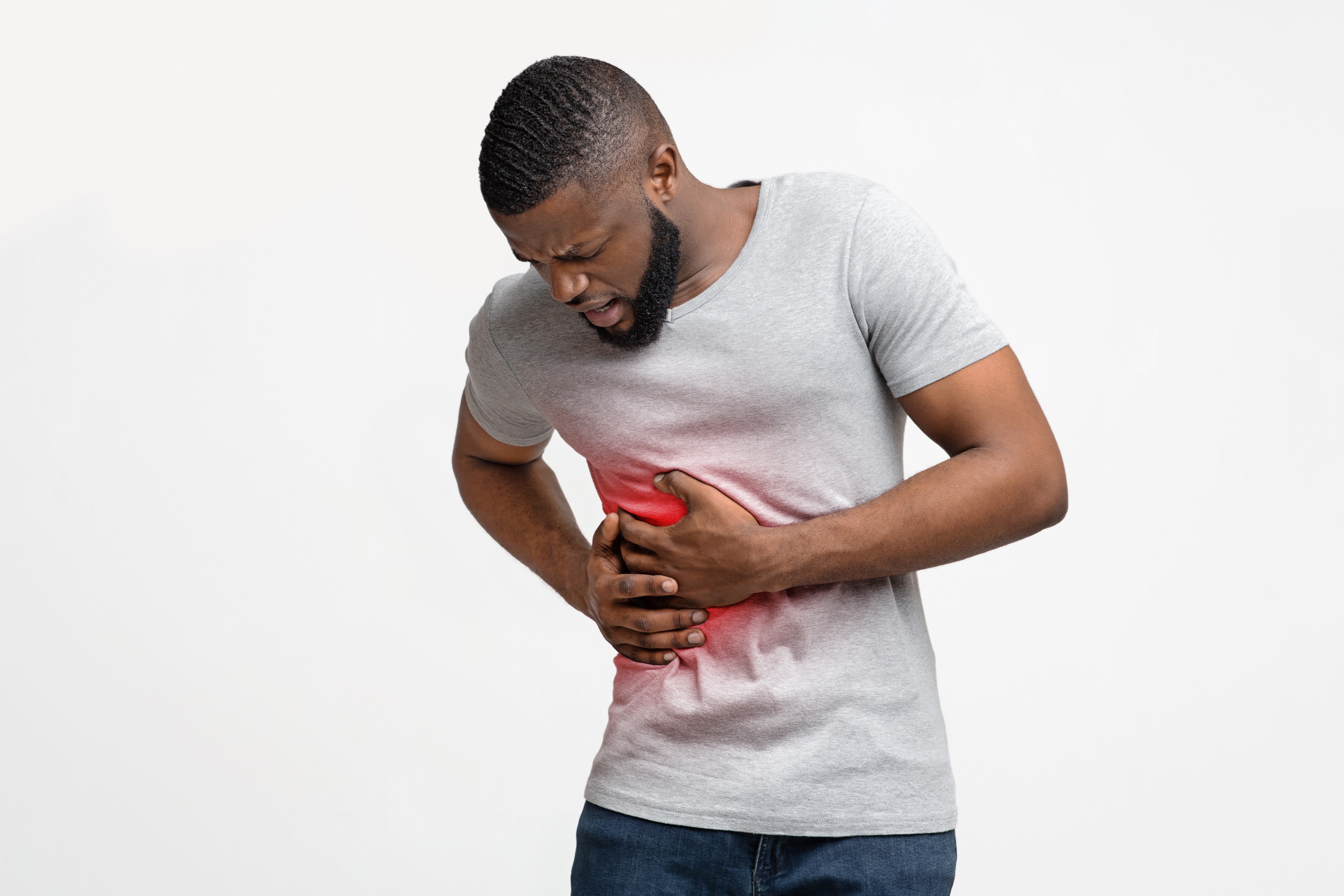
- Health Hub
- /
- symptoms

Your liver is the largest organ inside your body, and it’s responsible for digesting your food, extracting nutrients, storing energy, and filtering toxins. When there is a functional impairment in your liver, it’s called hepatic disease.1 Hepatic disease can be viral, alcohol- or diet-induced, inherited, autoimmune, and cancer-related, and can cause a number of physical symptoms.
1 in 10 Americans is living with liver disease and about 5.5 million people in the U.S. struggle with chronic liver disease.2 With early treatment and sometimes substantial life changes as well, serious liver damage and disease can be avoided. Here are some signs and symptoms that may indicate liver disease is present:
If you have been drinking excessively for a long period of time, have reason to believe you contracted a hepatitis virus, or have been experiencing the symptoms listed above with any regularity, seek medical attention straight away. A simple blood test (hepatic function panel) can check how well your liver is working.
CT scans, ultrasounds, and other diagnostic imaging scans can show liver disease and give doctors an idea of how best to treat you. When you’re ready to get an imaging scan, you can find a center near you by using scan.com’s scan search tool.
Resources: